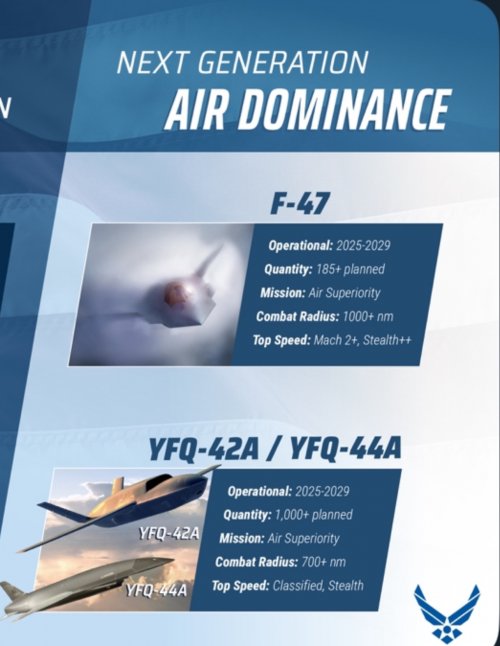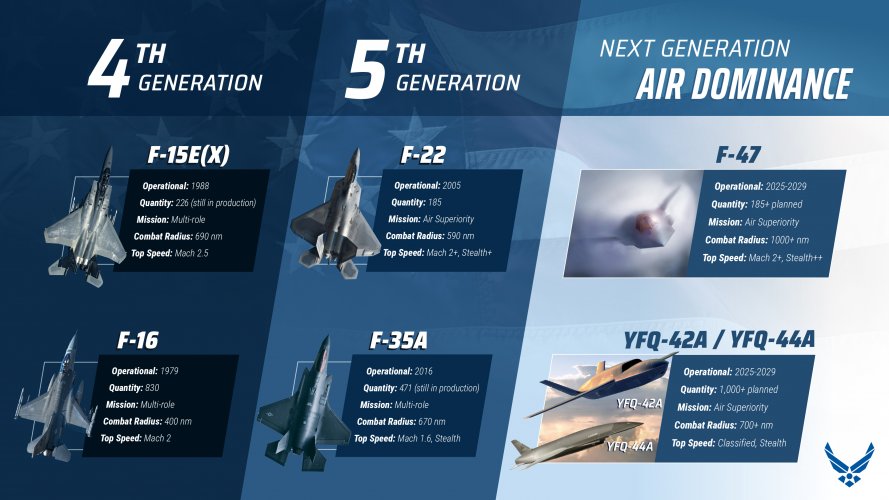Forest Green
ACCESS: Above Top Secret
- Joined
- 11 June 2019
- Messages
- 9,613
- Reaction score
- 17,784

Making Sure Wingman Drones Don't Hit Their Crewed Companions Still A Challenge Marines Say
The services continue to face many basic questions about how they will fly alongside their CCAs, let alone send them into combat.







